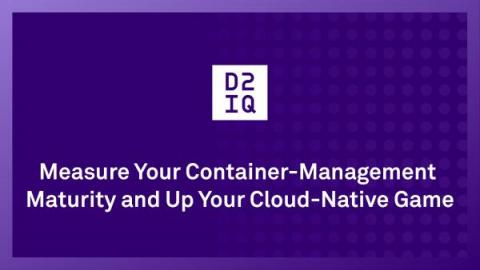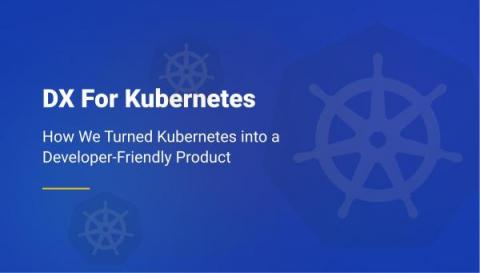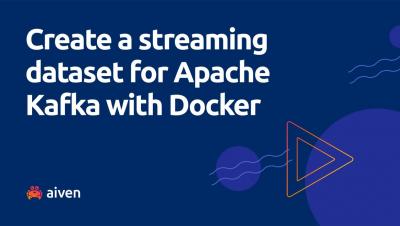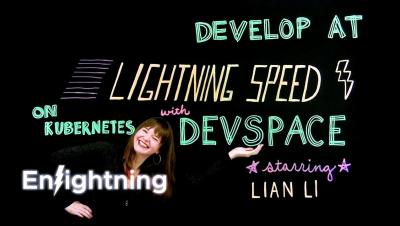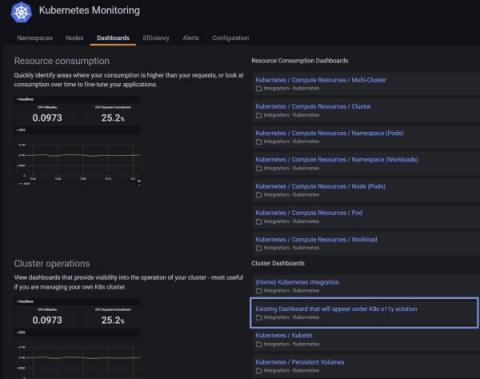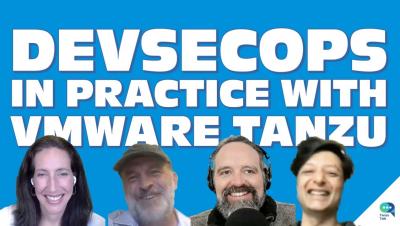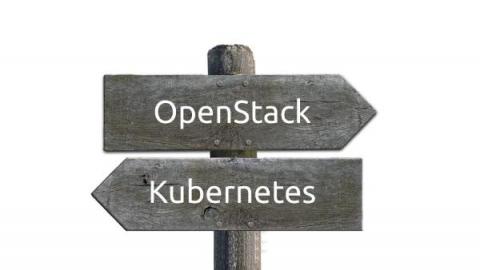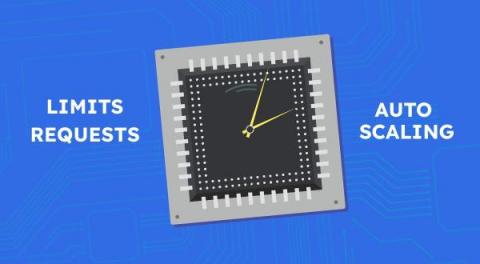Measure Your Container-Management Maturity and Up Your Cloud-Native Game
D2iQ has made available a new assessment tool that enables you to gauge your container management maturity level. By taking a 1-minute quiz, you can identify where you fit within the five levels of cloud-native container-management maturity–Explorer, Beginner, Intermediate, Advanced, and Master. The maturity model is based on the wisdom of D2iQ Kubernetes experts with more than a decade of experience building and deploying Kubernetes platforms for customers.


